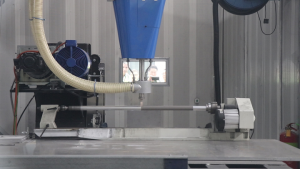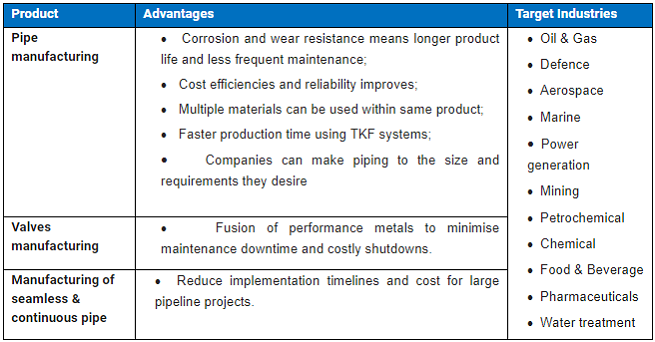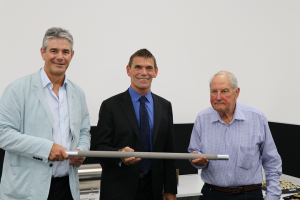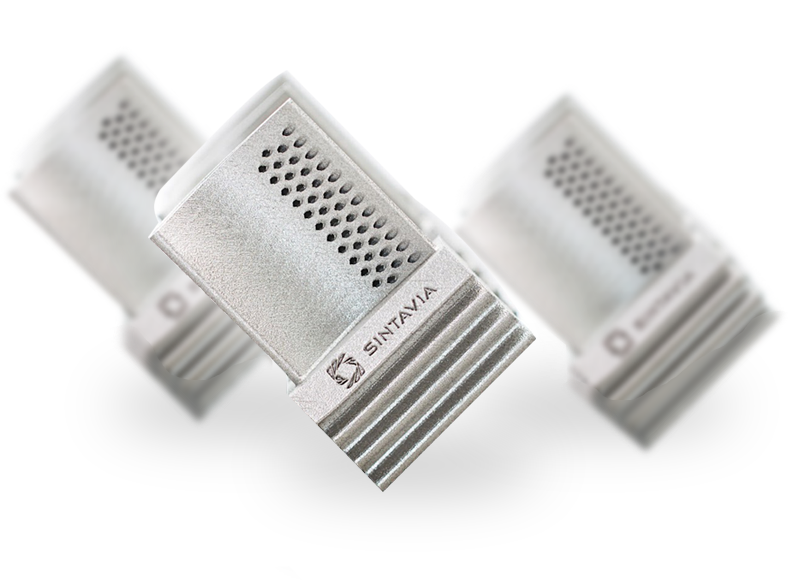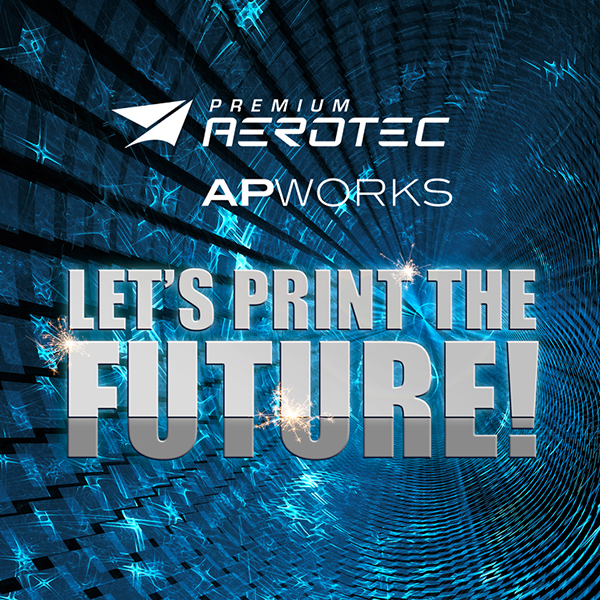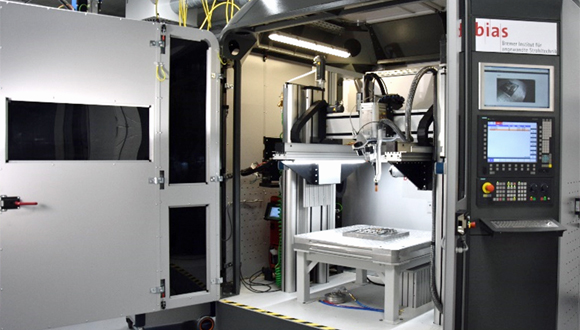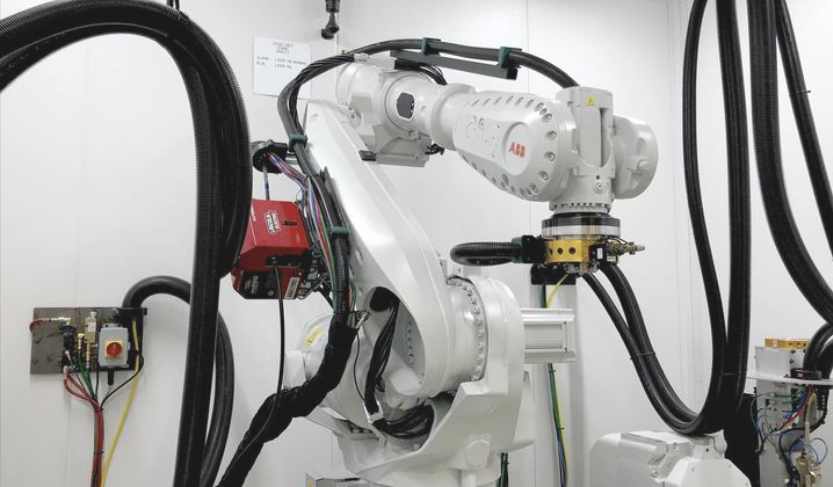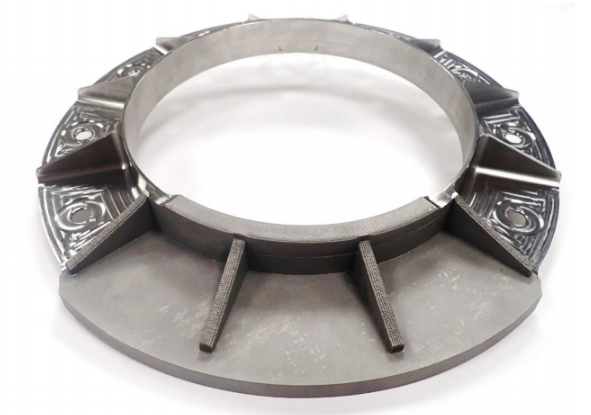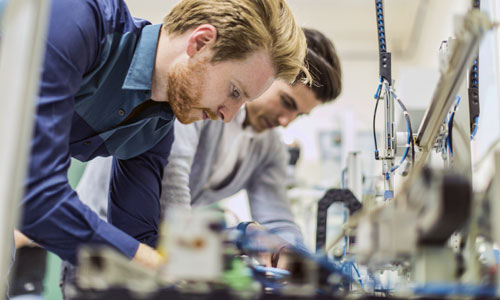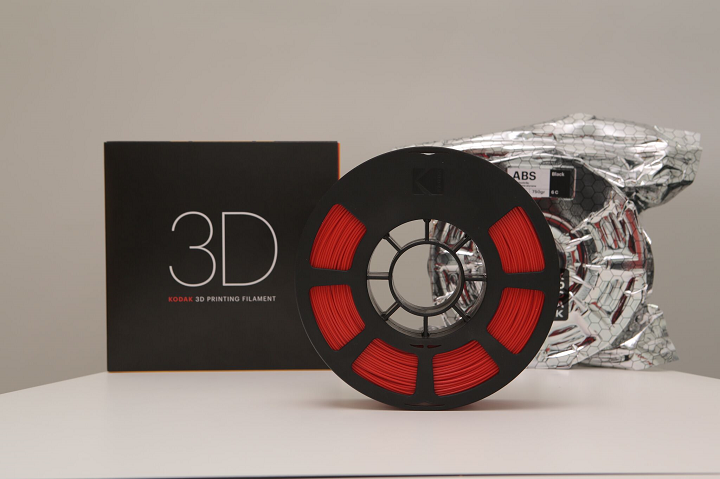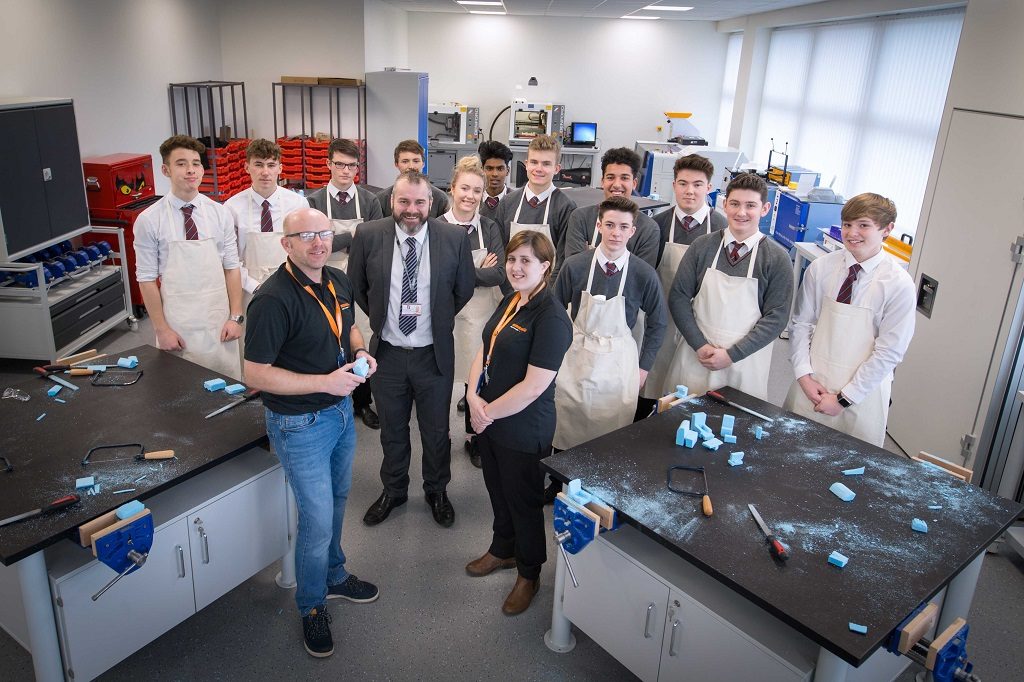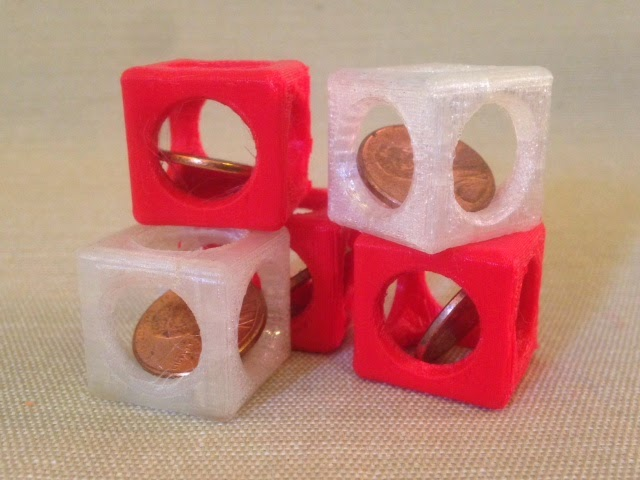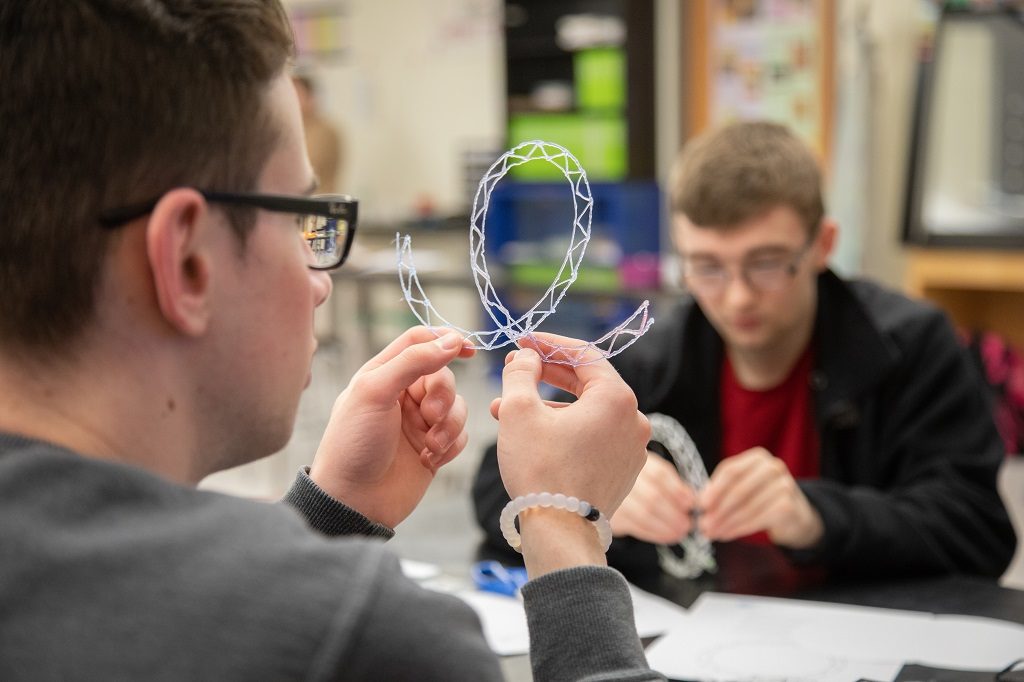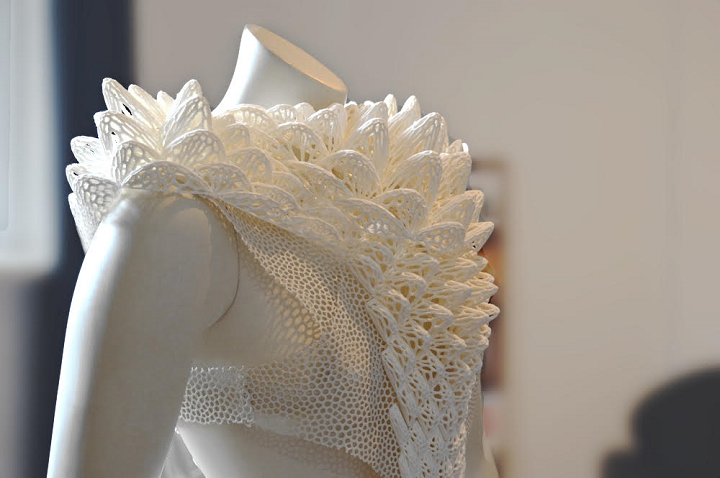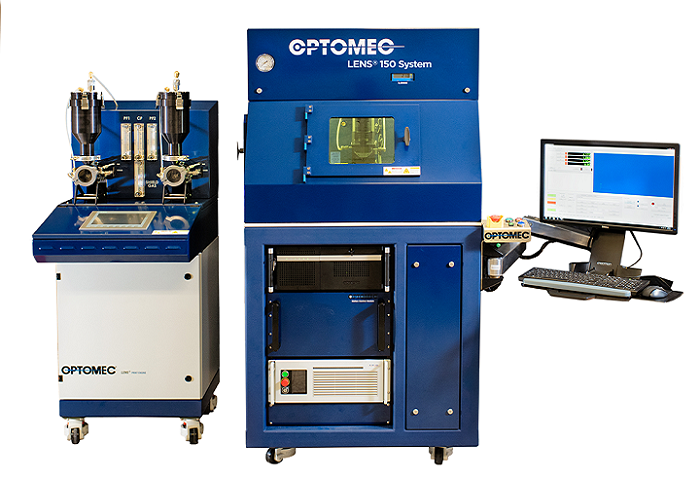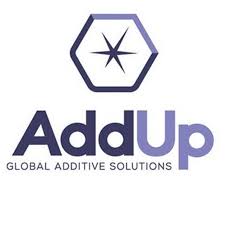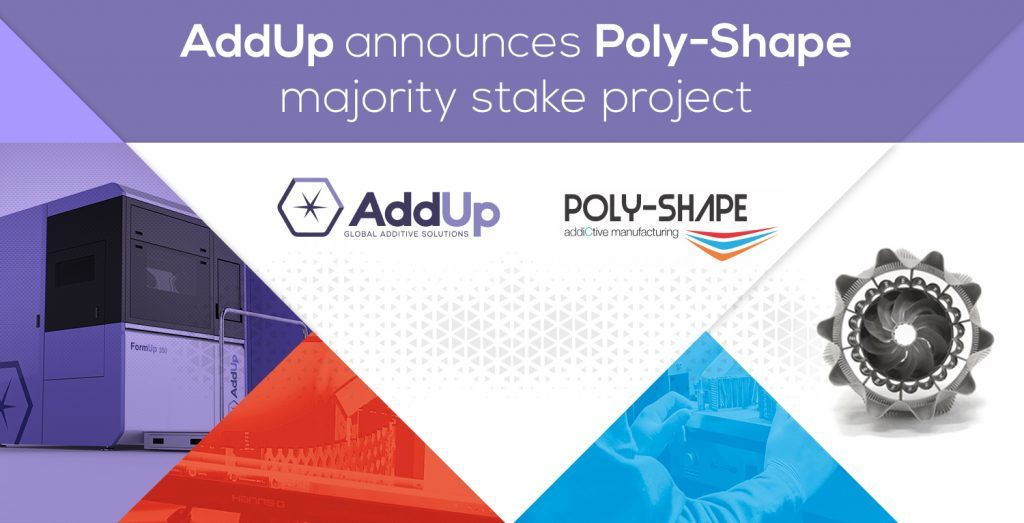We’ve got some business news for you in today’s 3D Printing News Briefs, before moving on to an upcoming industry event and new materials. 3DVinci Creations and the American University in Dubai will establish a facility for concrete 3D printing, while Telset signed a contract with Relativity. Lincoln Electric has acquired Baker Industries for its 3D printing technology, and Jabil is sharing the results of its survey report on 3D printing. Next month is the NAMIC Summit, with its flagship DfAM event, and Nile Polymers has announced two new PVDF filaments.
Agreement Signed to Establish Center for 3D Concrete Printing
 A cooperation agreement was signed between 3DVinci Creations, the American University in Dubai (AUD), Arabtec Construction Company, and global engineering consultancy firm Robert Bird Group to establish The Center for 3D Concrete Printing and Digital Construction on AUD’s campus. The scientific research center, equipped with a 3DVinci Creations 3D printer, will serve researchers from the university’s three project partners, as well as university students and members of the Faculty of Engineering and Architecture. It will build partnerships, create a consortium of academic, government, and industry entities interested in the growing 3D concrete printing and digital construction fields, work with state officials to promote 3D printing culture in construction, and eventually develop and administer training workshops and seminars on concrete 3D printing.
A cooperation agreement was signed between 3DVinci Creations, the American University in Dubai (AUD), Arabtec Construction Company, and global engineering consultancy firm Robert Bird Group to establish The Center for 3D Concrete Printing and Digital Construction on AUD’s campus. The scientific research center, equipped with a 3DVinci Creations 3D printer, will serve researchers from the university’s three project partners, as well as university students and members of the Faculty of Engineering and Architecture. It will build partnerships, create a consortium of academic, government, and industry entities interested in the growing 3D concrete printing and digital construction fields, work with state officials to promote 3D printing culture in construction, and eventually develop and administer training workshops and seminars on concrete 3D printing.
“With this cooperation agreement, we aim to perform strategic analyses of the present and future capabilities of 3D Concrete Printing and of digitally-driven construction systems. The Center will work with local regulatory bodies to develop newly updated building codes that pertain to 3D printed buildings and structures,” said Edouard Baaklini, CEO of 3DVinci Creations. “We will also develop cost models of 3D Printed Concrete buildings and structures together with tools for value analysis vis-à-vis traditional construction methodologies.”
Relativity Signs Contract with Telesat
 Los Angeles 3D printed rocket manufacturer Relativity just signed its first public, multi-year commercial contract with satellite services vendor Telesat. This is a big deal, as it’s the first agreement between a major satellite operator and a venture-backed “New Space” industry company. It costs about $10 million for Relativity to launch a 1,250 kg payload to low Earth orbit – a price that’s $10 to $20 million less than it would be using a European Ariane rocket or Indian PSLV rocket. The company can keep its costs down by using automation and metal 3D printing in its design and manufacturing processes, and claims its rockets can be made in just 60 days, with far less components. Relativity has completed 136 engine tests and is currently testing its avionics systems, with the first launch of its 3D printed Terran 1 rocket scheduled for the end of 2020.
Los Angeles 3D printed rocket manufacturer Relativity just signed its first public, multi-year commercial contract with satellite services vendor Telesat. This is a big deal, as it’s the first agreement between a major satellite operator and a venture-backed “New Space” industry company. It costs about $10 million for Relativity to launch a 1,250 kg payload to low Earth orbit – a price that’s $10 to $20 million less than it would be using a European Ariane rocket or Indian PSLV rocket. The company can keep its costs down by using automation and metal 3D printing in its design and manufacturing processes, and claims its rockets can be made in just 60 days, with far less components. Relativity has completed 136 engine tests and is currently testing its avionics systems, with the first launch of its 3D printed Terran 1 rocket scheduled for the end of 2020.
“Early in our LEO program we decided that, in addition to working with outstanding leaders in satellite manufacturing and launch services who we know well, Telesat should also include New Space companies whose technologies and manufacturing methods offer lower costs and greater flexibility for deploying our constellation. Relativity is just such a company with their metal 3D printing, use of robotics and other advances,” said Dave Wendling, Telesat’s CTO. “Telesat continues to establish a world-class supplier team to construct, deploy and operate our global LEO network and we are very pleased to welcome Relativity to the Telesat LEO program.”
Lincoln Electric Acquires Baker Industries
 According to a report published last year by SmarTech Industries, the global additive manufacturing market grew 18% to reach $9.3 billion in size, and Lincoln Electric (LECO) wanted a piece of that pie. The company announced that it has acquired Detroit-based Baker Industries, which developed 3D printing tech for the aerospace and automotive industries, for an undisclosed sum as part of a previously announced initiative to expand into the AM industry.
According to a report published last year by SmarTech Industries, the global additive manufacturing market grew 18% to reach $9.3 billion in size, and Lincoln Electric (LECO) wanted a piece of that pie. The company announced that it has acquired Detroit-based Baker Industries, which developed 3D printing tech for the aerospace and automotive industries, for an undisclosed sum as part of a previously announced initiative to expand into the AM industry.
Baker was founded in 1992 to manufacture custom fixtures, parts, and tooling that are Nadcap-accredited, AS9100D-certified, and adhere to the tough aerospace quality management standards. While you can learn more about its services in the video below, Baker primarily offers CNC machining, design, fabrication, prototyping, quality assurance, tooling, and 3D printing services to its customers. With its acquisition of Baker, Lincoln will be able to position itself in the ever growing AM, automation, and tooling sector.
Jabil Shares Results of Survey Report
According to the 2019 Additive Materials and 3D Printing study by Jabil, the practical applications in 3D printing have grown significantly over the last two years. The company surveyed over 300 professionals who are responsible for 3D printing at manufacturing companies, and found that the technology has found its way into almost every step of production, though prototyping still remains the most popular application.
Jabil shared how several key industries, such as medical, transportation, and aerospace, are using the technology today, and reported that 25% of respondents said that 3D printing can be as much as 20 times faster than traditional forms of manufacturing – obviously a major benefit. Jabil itself has adopted the technology at some of its sites because it takes 3D printing very seriously, and believes that the technology “has unlimited potential in the future.” Nearly all of the survey’s respondents said they expected their companies’ 3D printing use to increase over the next two to five years. You can read the full survey report here.
DfAM Conference at NAMIC Summit Coming Up
 Next month in Singapore, the 2019 NAMIC Summit will take place from May 6-10, with its flagship event – the Design for Additive Manufacturing (DfAM) Conference & AM Industry Showcase – happening on May 7th at the Marina Bay Sands Expo & Convention Centre. You can register now for the event to take advantage of early bird rates.
Next month in Singapore, the 2019 NAMIC Summit will take place from May 6-10, with its flagship event – the Design for Additive Manufacturing (DfAM) Conference & AM Industry Showcase – happening on May 7th at the Marina Bay Sands Expo & Convention Centre. You can register now for the event to take advantage of early bird rates.
You can spend the day meeting other like-minded professionals in networking sessions, or take in a presentation by one of over ten distinguished speakers who will be sharing their knowledge about simulation and modeling, industrial applications of digital design solutions, and generative design For example, John Barnes, the founder and managing director of The Barnes Group Advisors, will be speaking about “Design for Manufacturing: The Transformative Role of Design in Driving Innovation in the Future of Manufacturing” at 9:30 am, and the CEO and co-founder of Assembrix Ltd, Lior Polak, will present “Distributed Manufacturing in Action: Dynamic Machine Allocation and Real-Time Monitoring at 1:30 pm.
Nile Polymers Introduces New Additions to Fluorinar PVDF Family
 Utah-based Nile Polymers, which offers an industrial-grade PVDF (polyvinylidene fluoride) filament based on Arkema’s Kynar PVDF material, just announced the addition of two new filaments to its Fluorinar PVDF family – Fluorinar-B and Fluorinar-ESD, also built on Arkema’s Kynar. Chemical-resistant Fluorinar filaments differ from other PVDF materials because they don’t have any additional diluents or polymer additives, and they are tough, flexible, high-strength, and offer flame suppression and UV protection qualities. Sample filaments are available for both
Utah-based Nile Polymers, which offers an industrial-grade PVDF (polyvinylidene fluoride) filament based on Arkema’s Kynar PVDF material, just announced the addition of two new filaments to its Fluorinar PVDF family – Fluorinar-B and Fluorinar-ESD, also built on Arkema’s Kynar. Chemical-resistant Fluorinar filaments differ from other PVDF materials because they don’t have any additional diluents or polymer additives, and they are tough, flexible, high-strength, and offer flame suppression and UV protection qualities. Sample filaments are available for both
Black-colored Fluorinar-B combines the company’s Fluorosmooth adhesive, which increases the surface energy of a print at its interface with a glass build plate, with the dependability of Kynar PVDF, and carbon pigment increases the part’s tensile strength and permeation resistance as well. Graphene-enhanced electrostatic dissipation (ESD) filament Fluorinar-ESD is perfect for applications that have parts which can’t tolerate static build-up, and calibrates impact strength and melt viscosity carefully so the final part is durable and strong.
Discuss these stories and other 3D printing topics at 3DPrintBoard.com or share your thoughts below.




